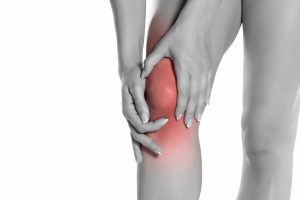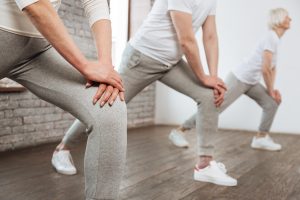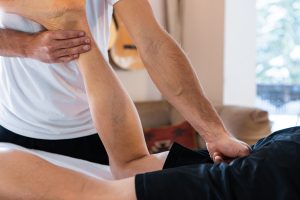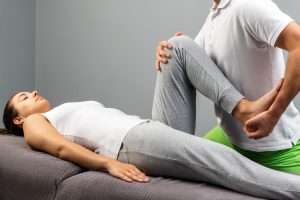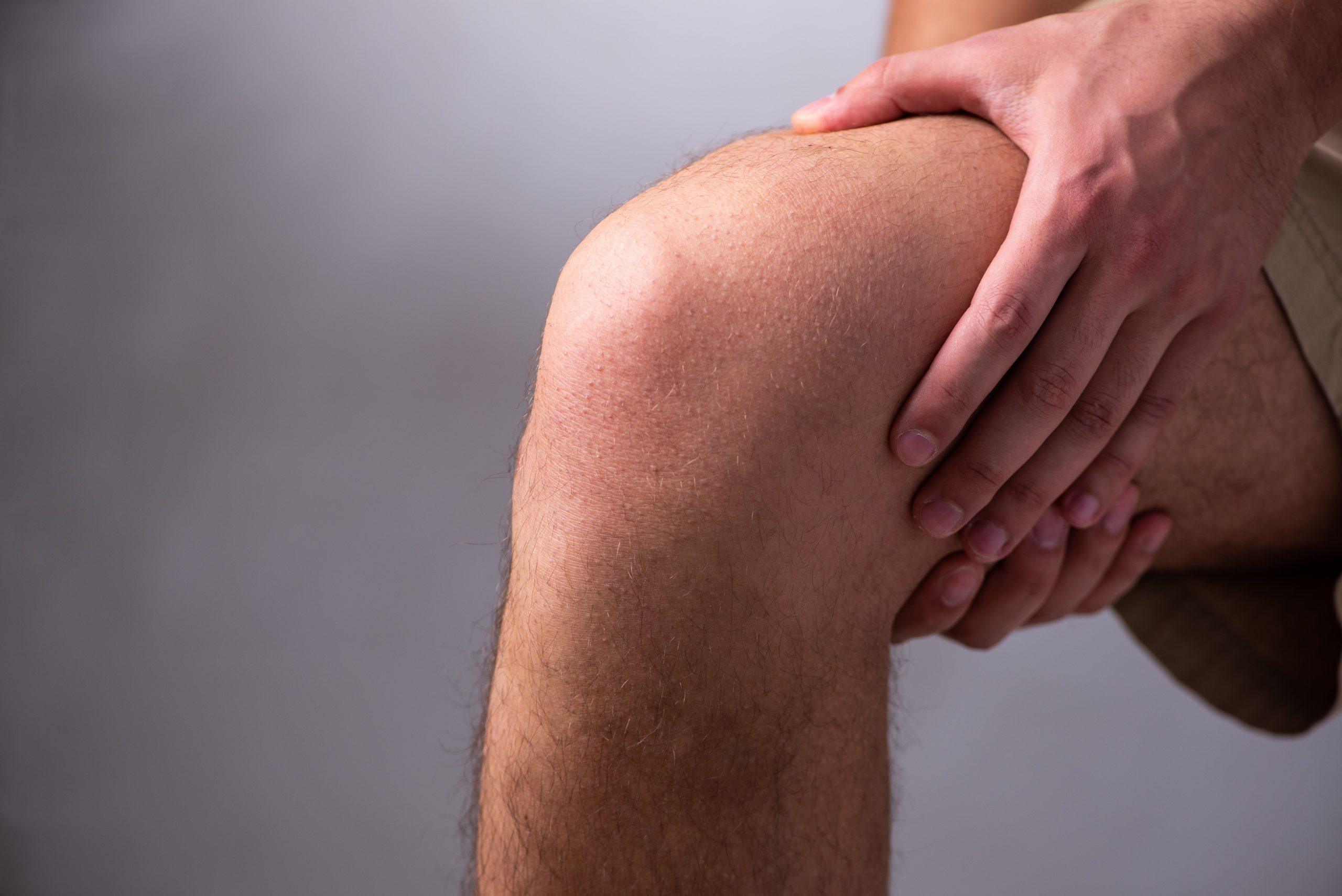
17 Aug What Knee Pain is Bad? How to Tell the Type of Knee Pain You’re Having
We understand that no pain is really good pain – but everything is relative; some pain can be “better” or “worse” depending on the problem it indicates. Knee pain is one of the most common types of musculoskeletal pain/issues people seek treatment for. It’s important to know if you’re dealing with a sore knee from overuse, a sudden injury that may require immediate attention, or a chronic condition that needs long-term management.
According to a recent article at the NCBI, the incidence of knee pain is actually on the rise. Even with adjusting for age and BMI, knee pain increased among most studied groups between 1974-94. Although the article mentioned increased BMI accounting for some of the increase, it did not account for all of the increase in that twenty year period. If you’re experiencing knee pain, you’re definitely not alone – and you probably know more than one person who also struggles with it.
Knee pain can cause limitations in your day-to-day activities, occupation, and your recreation. Depending on the type, cause, and severity, you may be pretty limited by your knee pain. Many people cite knee pain as a reason for not participating in specific activities they once enjoyed. Although it can often be limiting, proper treatment is essential and offers a good chance at a healthy recovery – or at least noticeable improvement in your symptoms.
When you’re dealing with knee pain, it can be hard to tell what kind of pain you’re having. Many people immediately wonder, ‘is my knee pain serious?’ or ‘Will my knee pain stop me from working?’ Is your knee pain the “bad” kind? Is it an immediate red light or more of a ‘slow-down’ before- the-light-turns-red? While only a trained medical professional can perform an assessment or imaging (if needed), there are some tips to help you know what kind of knee pain you’re experiencing.
Pain with Swelling and/or Popping or Difficulty Bending: 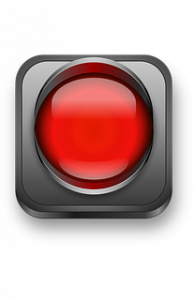
If you are having pain, and bending and straightening your leg is particularly difficult or painful, this might be a more serious type of knee pain. If your symptoms started suddenly after a rotating motion or rotation during activity, you could have developed a tear in your meniscus, the cushioning cartilage in the middle of your knee. This type of injury, especially with severe pain and movement restriction, requires a medical diagnosis – the sooner the better.
Nagging Pain on the Outside of the Knee With Exercise 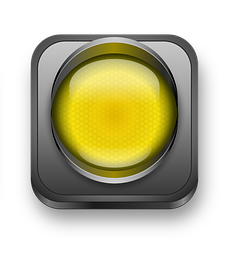
If you’re having irritating pain on the outside of your knee that gets worse with activity and you notice when you go up and down stairs, it may not be your knee at all! Irritation of the IT band often causes pain at the outer knee, where this thick band attaches to the joint. Many people mistake this for knee-joint pain. IT band pain is most often an overuse injury and you can benefit from working with a Physical Therapist. Untreated IT band irritation can nag for long periods of time.
Pain with Stiffness and/or Creaking and Less Mobility 
This is the type of knee pain that many of us are most likely to face: osteoarthritis. Age is a risk factor for arthritis, as is gender (women have a higher rate than men) and carrying extra weight. You may experience pain that feels better with rest, stiffness (especially early in the morning or after sitting), and a creaking sound, as well as being less mobile. This may be why you feel like you need a little lubrication, just like the Tin Man! Osteoarthritis happens when the cartilage in the joint wears away, causing painful bone-on-bone rubbing and inflammation. This chronic condition benefits from a long-term plan, which you can revisit if your needs change.
Dull Pain Around the Front of the Knee 
This type of pain may not indicate a serious problem, but possibly the common condition called “runner’s knee.” You don’t even need to own a pair of running shoes to experience runner’s knee (although it’s more common among runners). This type of pain is often an overuse injury that calms down with conservative treatments like ice and rest. If you find you experience it often, a visit with a Physical Therapist is a good idea so they can help you determine the cause and help prevent future recurrence.
Sudden Severe Pain on Inside or Outside of Knee with Swelling and Loss of Mobility
If you are being active and experience a sudden, sharp pain on the inside or outside of your knee, which can include a popping sensation, this can indicate an acute injury. Your MCL (inside) and ACL (outside) are important tendons in your knee that can be injured with certain forceful motions. This type of pain is more serious and can require prompt medical diagnosis and treatment. It is possible to have minor tears that have more nagging pain, and should still be assessed.
There are many different reasons and situations that can lead to knee pain – from a sudden injury to merely getting older. It’s important to remember if you’re struggling with severe pain or movement limitations, that likely indicates you need medical help and should see your physician or physical therapist. Many people live with chronic knee pain (pain lasting longer than 3-6 months); however, untreated knee pain can limit your activities, your plans, and your goals. Depending on the cause of the pain, you may even make your situation worse by not addressing it. For instance, although arthritis isn’t reversible, allowing your surrounding muscles to become weaker will only worsen your joint health – so an appropriate management plan is a must.
At Body One, we see patients with knee pain every day: from post-injury, to pre-op to post-op, to return-to-sports, to arthritis. Our team of experts works with patients to assess each individual and develop a custom treatment plan designed to help reduce discomfort and improve function and symptoms. By improving strength and flexibility, most patients see improvement with physical therapy. Based on the patient’s unique needs, our providers may use treatments such as manual (hands on) therapy, home exercises, Graston Technique, dry needling, or blood flow restriction. By working closely with our patients, we’re able to monitor their progress and work toward their specific goals.
If you’re concerned about knee pain or other pain or movement problems, Body One is ready and waiting to help. We are locally owned and operated, with three locations serving Central Indianapolis: North Meridian, Fishers, and Zionsville. Our team of experts works with patients of all ages and activity levels and we’re ready to put 0ur expertise to work for you. Don’t settle for less than your best, when you can be your best with Body One!
Sources:
https://www.ncbi.nlm.nih.gov/pmc/articles/PMC3408027/

